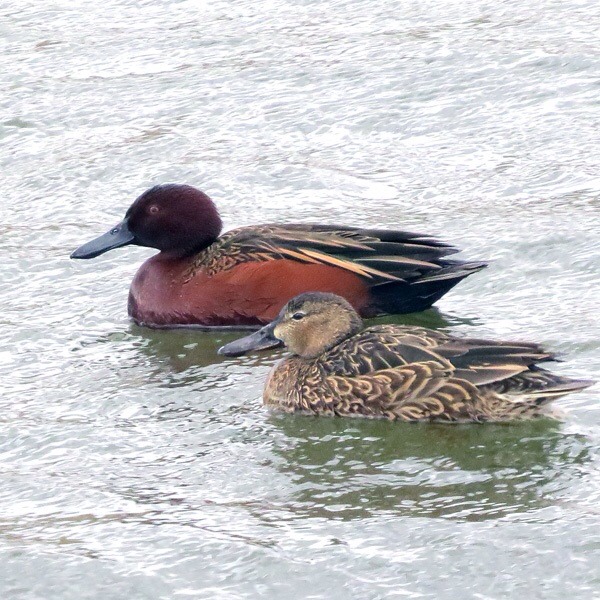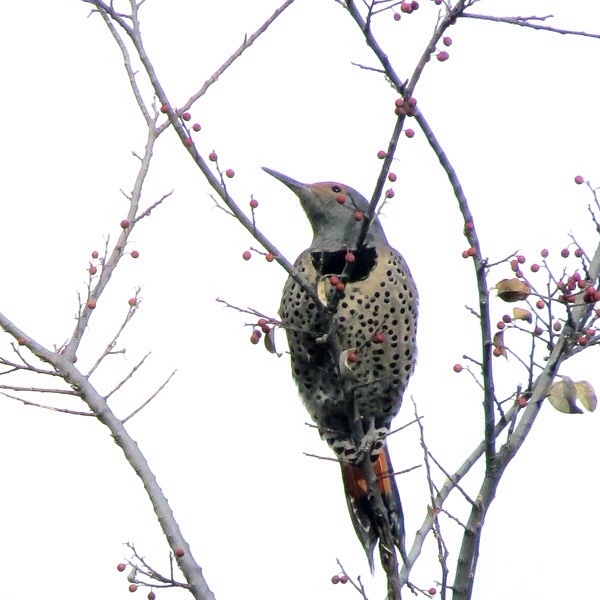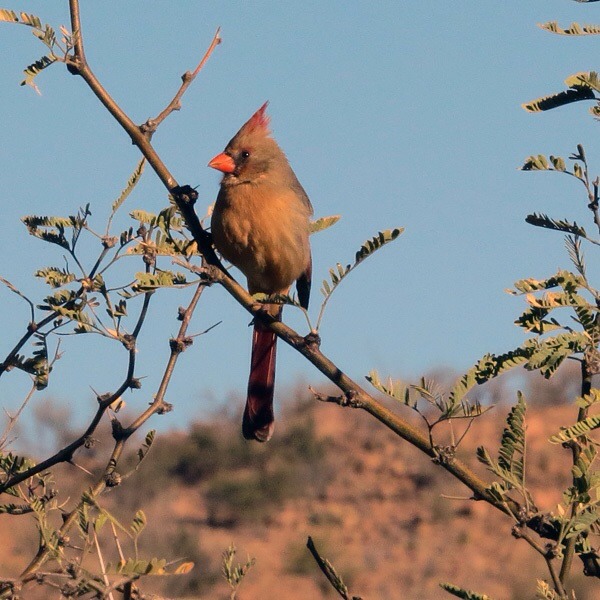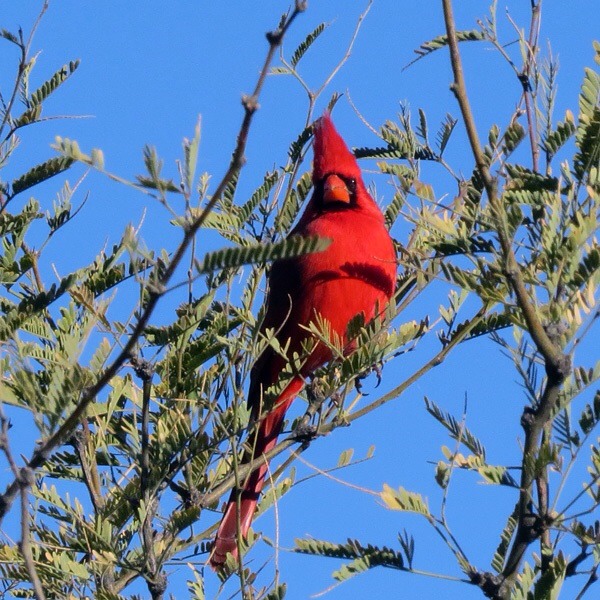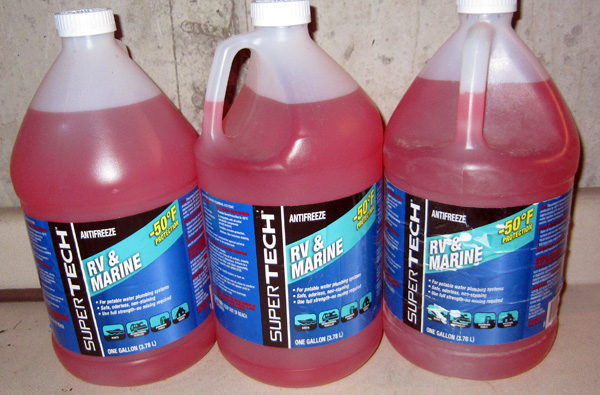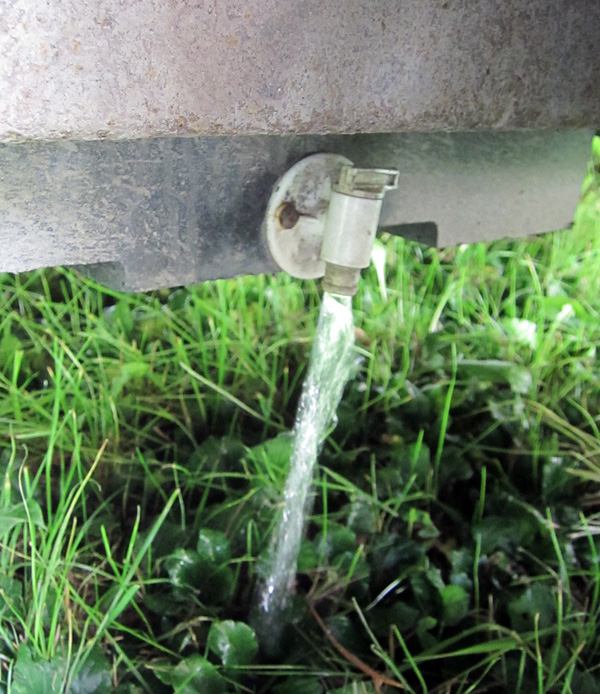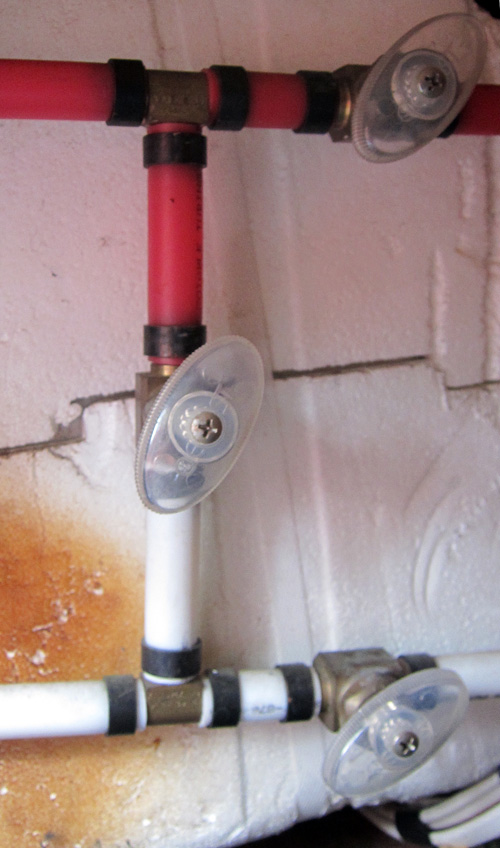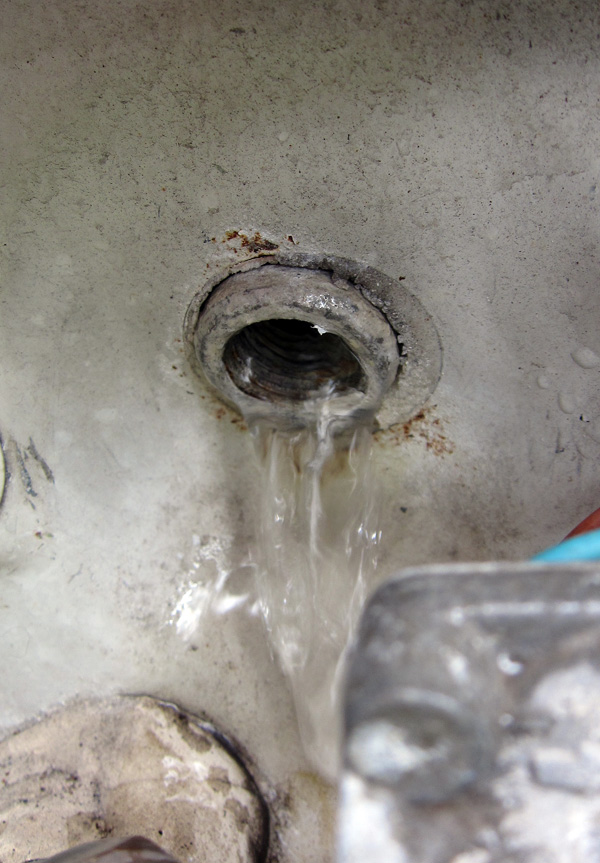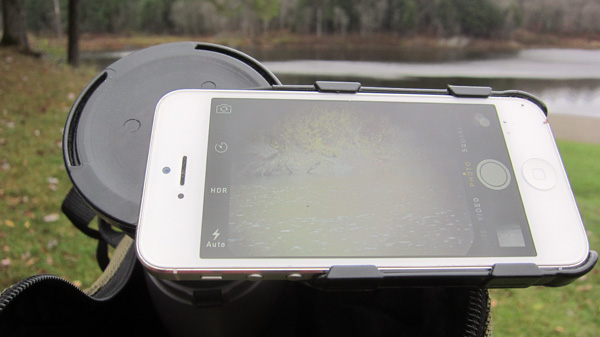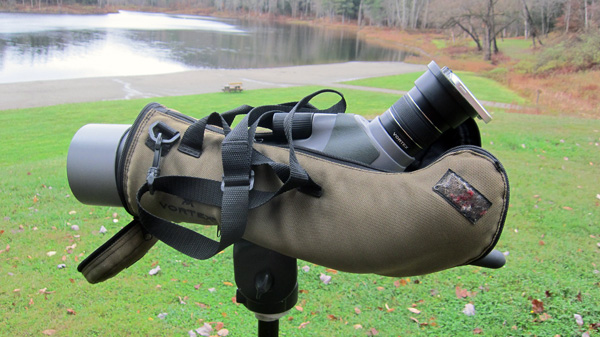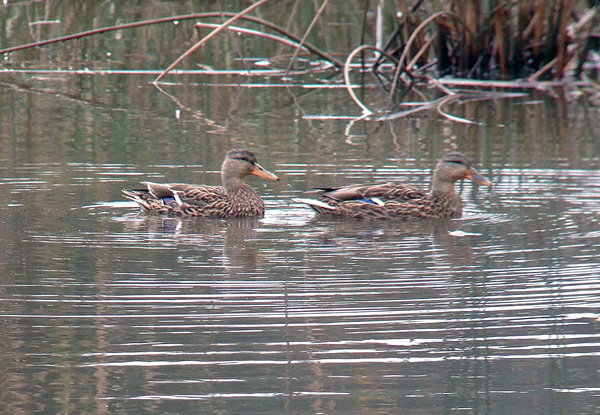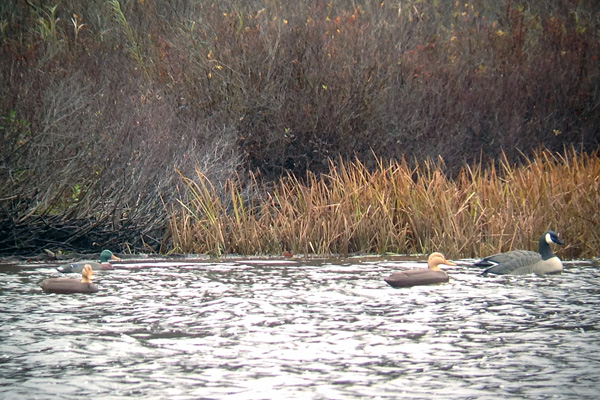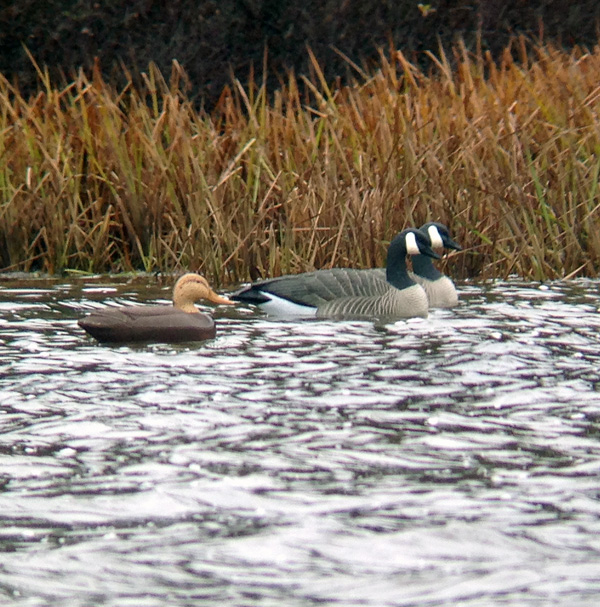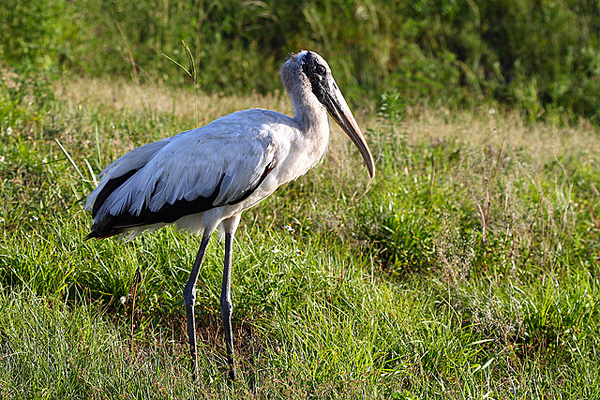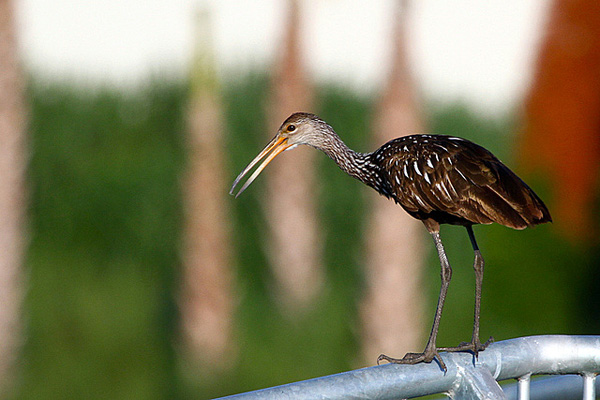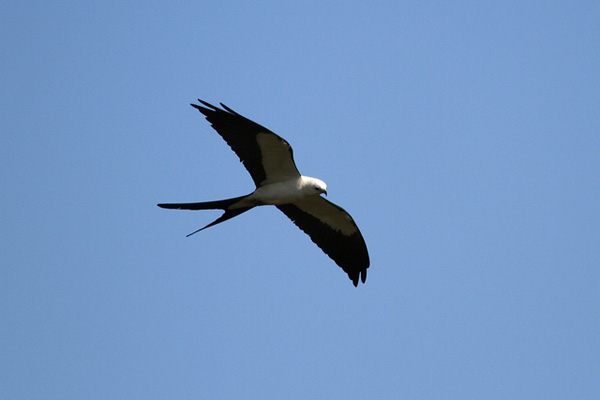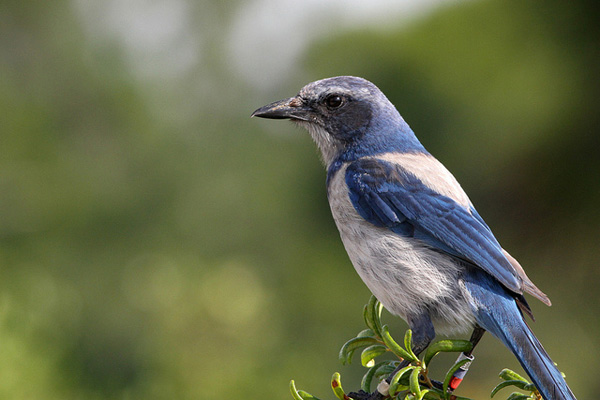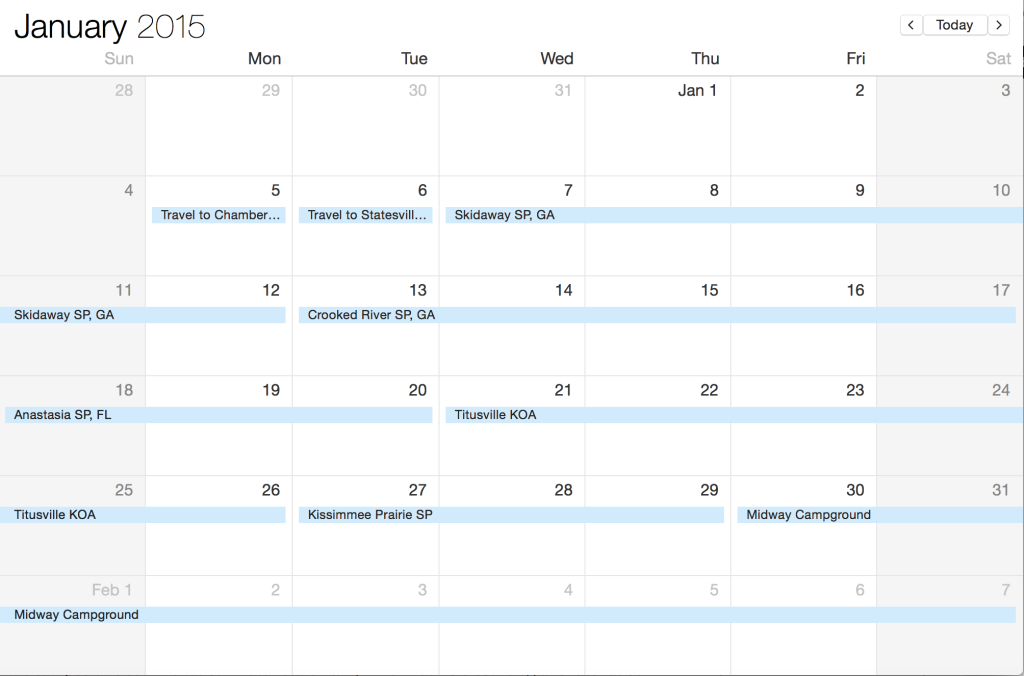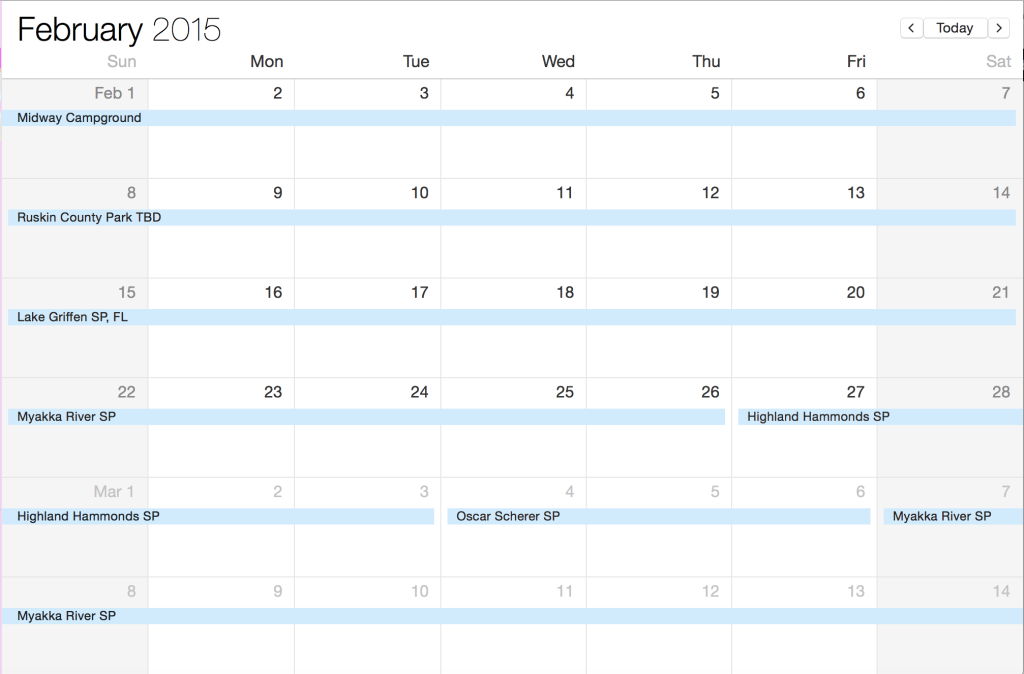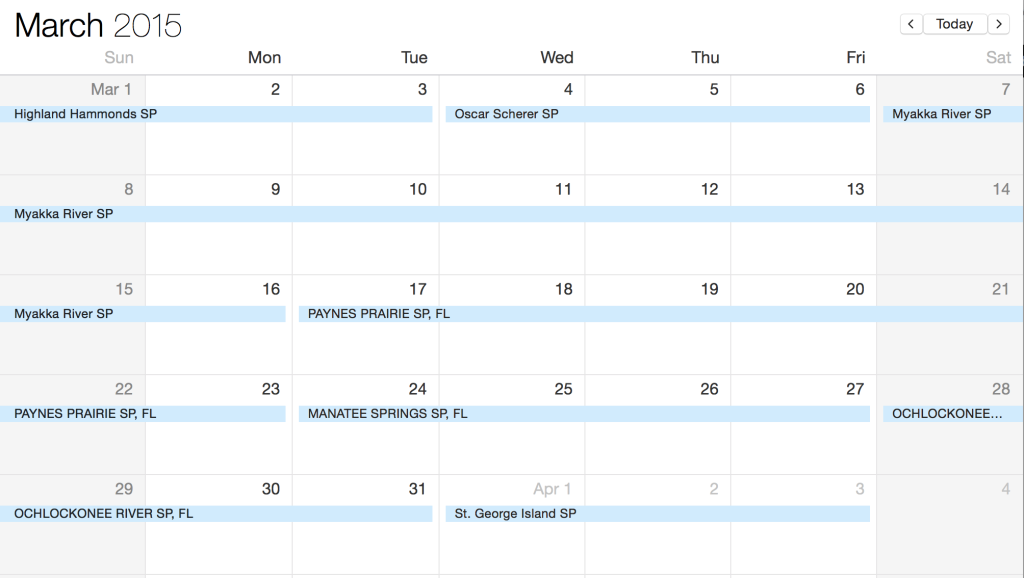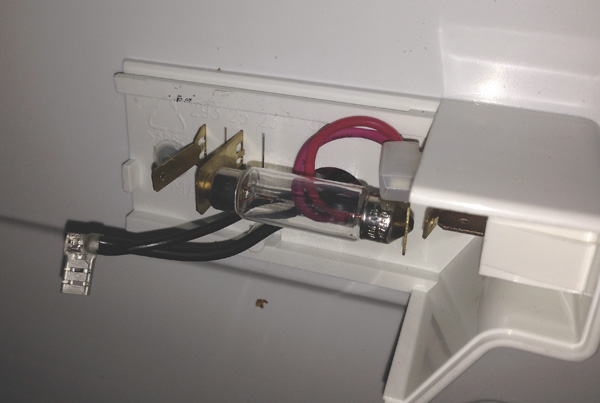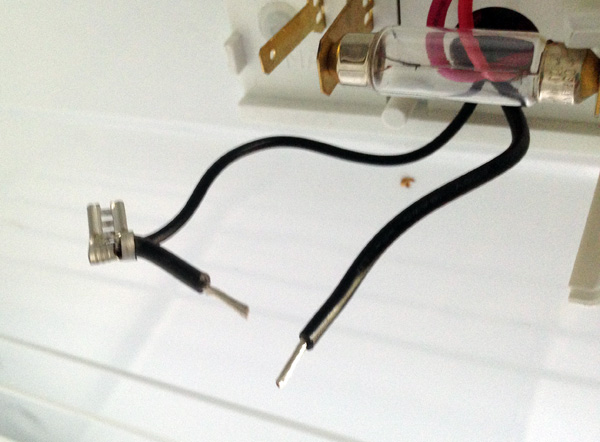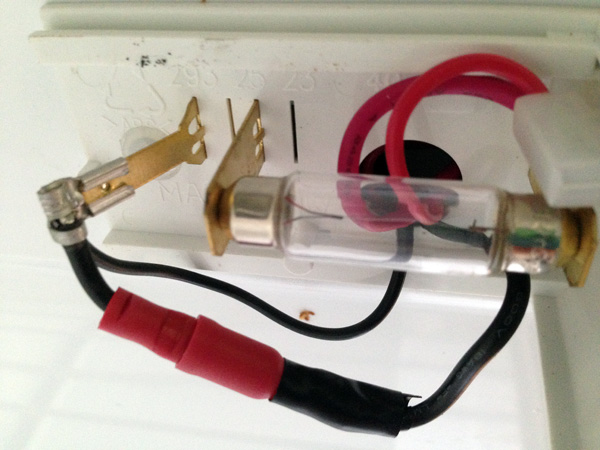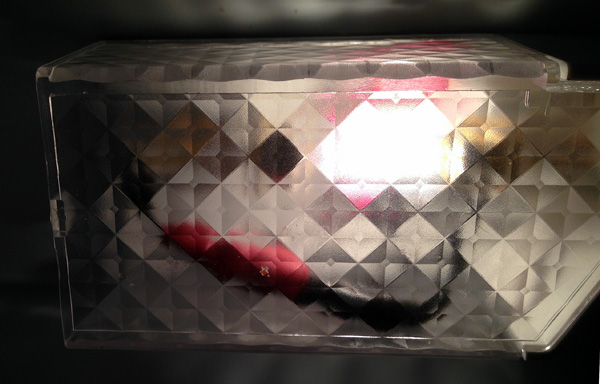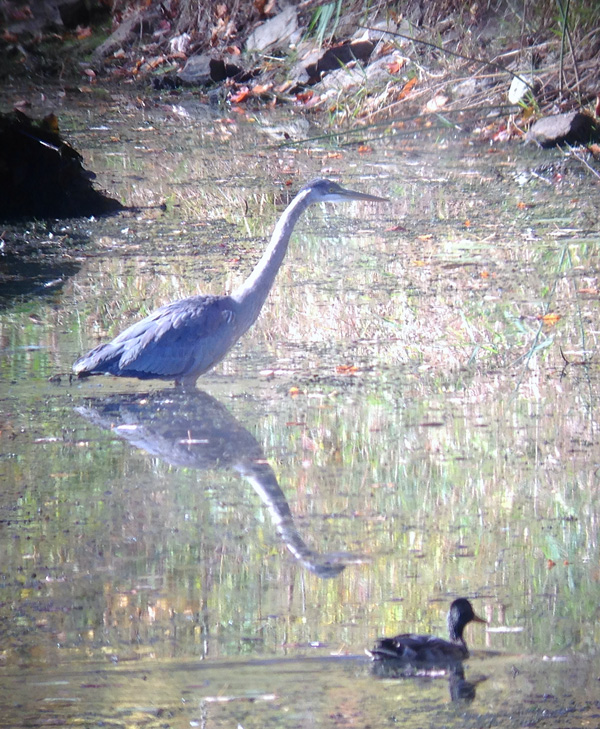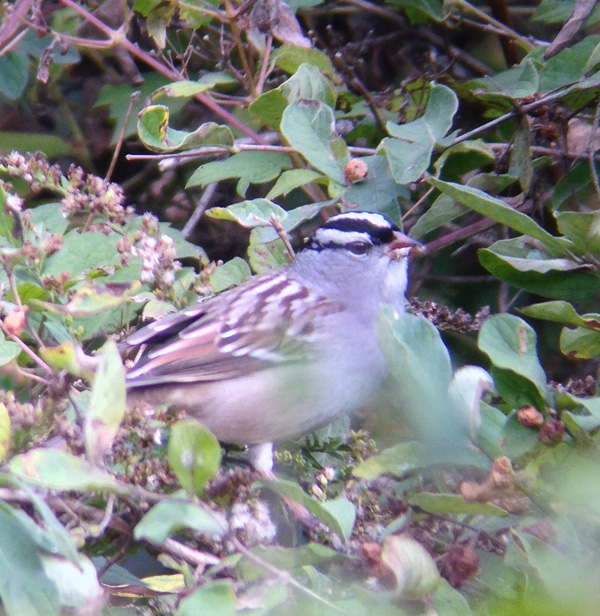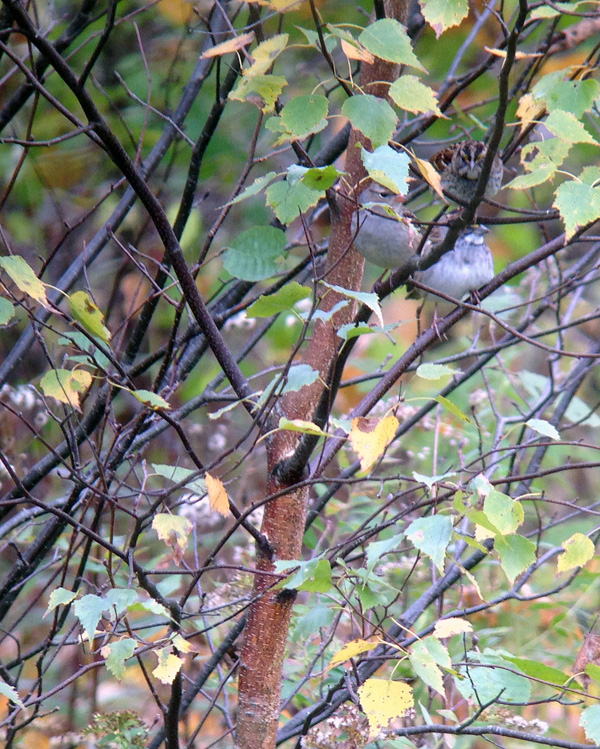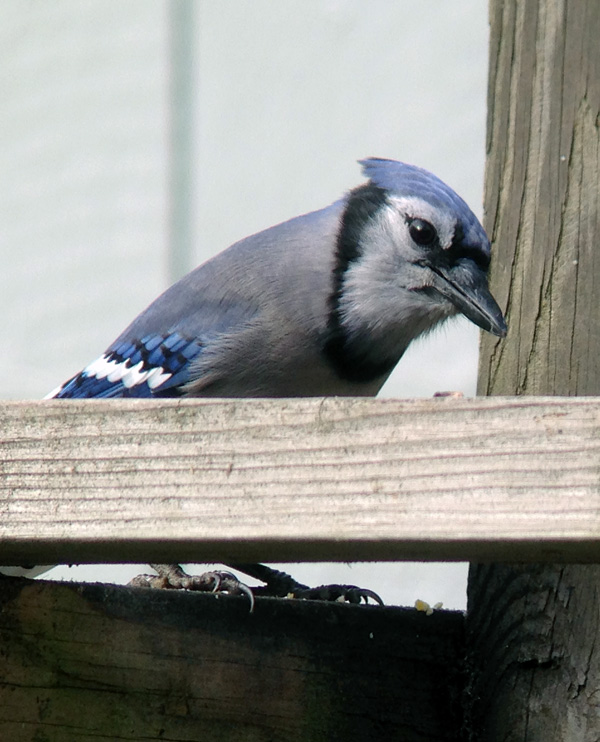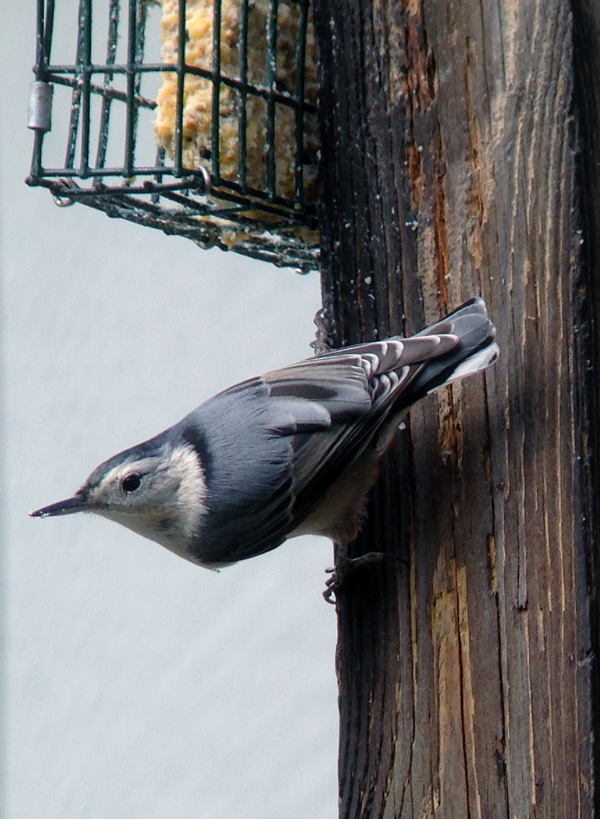Owning an older Airstream is always an adventure, whether you are trying to find a leak in the roof, a mouse in a cabinet, or solution to a problem you yourself caused. This is a short story of owner-caused damage and DIY repair.
You learn pretty fast that you need to know how to fix things when you travel with an RV of any type. I’ve repaired dents, replaced punky floor segments, and done many along-the-highway fixit jobs. This time, it was my back yard.
I was setting up the ‘stream on the back lawn for a few months and needed some planks to keep the wheels from sinking in and to level things out. As I drove on to a long plank, the tire caused the wood to swing up and bashed the rod to the grey water tank – tore the whole thing off. (I don’t have pictures because I was too mad a myself to think about getting a camera.)
The foot-long rod with its handle lie there, looking pretty lonesome, and the guide for it was pulled out by the rivets. I could, however, get a hold on the rest of the rod and pull it out. I had visions of traveling with a Vise-Grip this winter. First thing I did was to try to epoxy the old rod onto the remaining section. Two days later, a test pull ended that experiment.
Some good friends of mine, Shawn and Helen, had recommended a local RV dealer who I had never visited. It’s a small mom & pop operation called M’s RV Sales & Service.
 I know that no outfit likes to work on grey or black water tanks and was dreading the visit but decided to go down and talk to them about options. What a breath of fresh air! As soon as I showed Marcel and Joanne the broken rod they not only made me feel better by saying, “We see lots of those,” but also came up with an easy solution — a rod extension kit. Marcel gave me some ideas on how to proceed, how to deal with the rivet that was still on the other end of the rod, and sent me off with a “We like to work with owners that do their own work — give us a call if you get stuck.”
I know that no outfit likes to work on grey or black water tanks and was dreading the visit but decided to go down and talk to them about options. What a breath of fresh air! As soon as I showed Marcel and Joanne the broken rod they not only made me feel better by saying, “We see lots of those,” but also came up with an easy solution — a rod extension kit. Marcel gave me some ideas on how to proceed, how to deal with the rivet that was still on the other end of the rod, and sent me off with a “We like to work with owners that do their own work — give us a call if you get stuck.”
The fix went rather easy after the coaching – I was pleasantly surprised. I also was pleased to find a small dealer who will be a great “go to” person if I need one down the road. I might be calling him for repair advice from Florida this winter. Hopefully not.
I you are in the Central Vermont area, M’s is just south of Montpelier on Route 12. Good people, great service.

